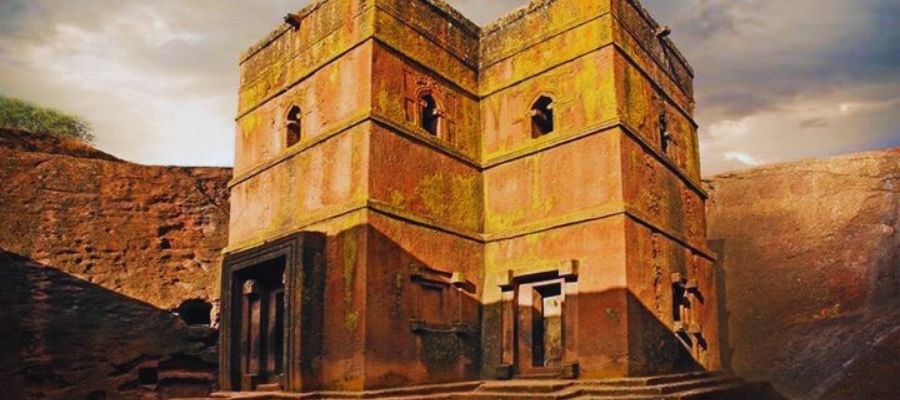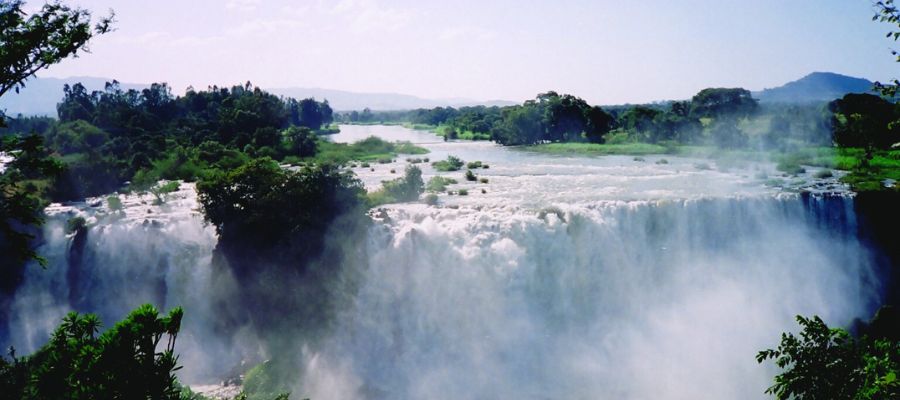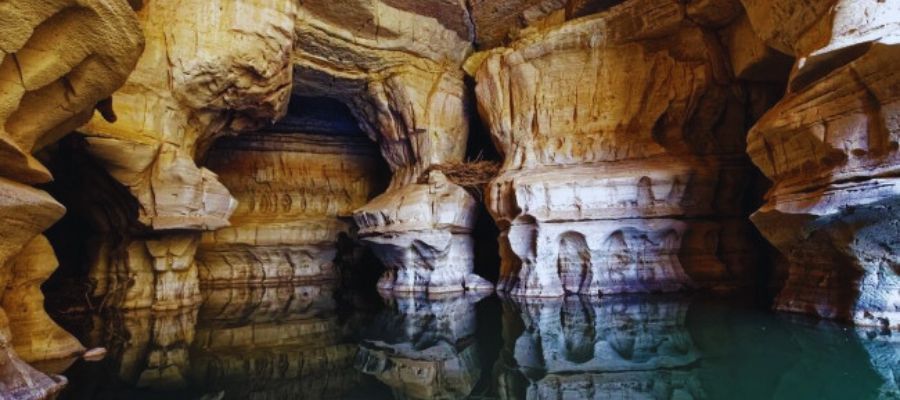Ethiopia is a country of great historical and cultural significance, with a rich and diverse heritage dating back over 3 million years. Located in the Horn of Africa, it is a rugged, landlocked nation that boasts a variety of important archaeological sites.

Lalibela is home to a remarkable collection of rock-cut Christian churches from the 12th and 13th centuries, while Aksum is renowned for its ruins of an ancient city, including obelisks, tombs, castles, and the Our Lady Mary of Zion church. These sites offer visitors a fascinating glimpse into Ethiopia's past and its enduring cultural traditions.
Discovering the Ancient Wonders of Axum: Exploring Ethiopia's Historical Capital
Axum, a historical city in Northern Ethiopia, boasts over 3,000 years of history and was once the center of a great empire and ancient civilization. It is a holy city and believed to be the resting place of the original Ark of the Covenant.
According to Ethiopian tradition, the Ark of the Covenant was brought to Axum by Menelik I, the son of the Queen of Sheba and King Solomon, and the founder of the Solomonic dynasty. The dynasty ruled Ethiopia for centuries, with Haile Selassie as its last emperor.
The Axum Empire was considered one of the four great powers of the world, along with Persia, Rome, and China. Today, Axum is a UNESCO World Heritage site and a popular destination for tourists and pilgrims alike. Its ancient ruins, including the towering obelisks and royal tombs, continue to captivate visitors and offer a glimpse into the rich history of this fascinating city.
Bale National Park: Exploring the Natural Beauty and Wildlife of Ethiopia's Highlands
The Bale Mountains National Park (BMNP) is a vast protected area spanning over 2,200 km2 and located in the Oromia National Regional State of southeastern Ethiopia. The park is situated around 400 km southeast of Addis Ababa and is an important part of the Bale-Arsi massif, which makes up the western section of the southeastern Ethiopian highlands.
The BMNP is a biodiversity hotspot and home to an array of wildlife, including the Ethiopian wolf, which is one of the rarest canids in the world, as well as several other endangered species like the Bale monkey and the Mountain Nyala. The park also boasts stunning landscapes, such as the Harenna Forest, which is the second-largest tropical forest in Ethiopia, and the Sanetti Plateau, which is the highest plateau in Africa.
The park offers visitors a chance to experience the natural beauty of Ethiopia through activities such as hiking, trekking, and wildlife watching. It is also an important site for research and conservation efforts, with ongoing projects aimed at protecting the park's unique ecosystems and species.
Gondar: The Royal City of Ethiopia's Glorious Past
Gondar, a city in northern Ethiopia, was the country's capital from 1626 until the mid-19th century. The city is known for its rich history and impressive architecture, including:
- The Royal Enclosure, or Fasil Ghebbi, which is a UNESCO World Heritage Site and contains six fortified stone castles, including the three-story original Fasiledes Castle and a chancery built by Emperor Fasil in the 1630s.
- The circular Church of Debre Berhan Selassie, also located within the Royal Enclosure, which features exquisite 17th-century ecclesiastical paintings and depictions of cherubic angels with wings adorning the ceiling and walls.
Gondar offers visitors a chance to step back in time and explore Ethiopia's fascinating history and culture. The city is also a gateway to nearby natural attractions, such as the Simien Mountains National Park, and is a popular destination for trekking and hiking enthusiasts.
Tis Abay: Witnessing the Majestic Power of Ethiopia's Blue Nile Falls
The Blue Nile Falls, also known as Tis Abay, is a magnificent waterfall located on the Blue Nile river in Ethiopia. Here are some key facts about this popular tourist attraction:

- The falls are situated about 30 kilometers (19 mi) downstream from Bahir Dar and Lake Tana, on the upper course of the Blue Nile river.
- The falls are 42 meters (138 ft.) high and consist of four streams that can reach up to 400 meters wide during the rainy season.
- The flow of the falls has been regulated since the construction of a hydro-electric station in 2003, which has reduced the variation in water levels except during the rainy season.
- The falls play an important role in isolating the ecology of Lake Tana from the rest of the Nile and have contributed to the evolution of the lake's unique fauna.
- The Blue Nile Falls are a must-see destination for anyone visiting Ethiopia and offer a chance to witness the natural beauty of the country.
Lalibela: Journeying to the Sacred Heart of Ethiopia's Christian Heritage
Lalibela, a town founded in the late 12th Century, is a UNESCO World Heritage site and is considered the 8th Wonder of the World. It is located in a rugged landscape and is literally carved out of the hills. The town's main attraction is the fascinating and historical stone hewn underground church complex consisting of 11 monolithic churches. However, trekking in the mountains and viewing monasteries outside the town are also popular activities for visitors.
If you're planning a trip to Lalibela, keep in mind that it is an extremely popular Northern Circuit destination, especially during religious holidays. However, it is an easy destination to fly to from Addis Ababa.
Sof Omar Caves: A Subterranean Adventure into Ethiopia's Geological Marvels
The Sof Omar cave system is an extraordinary natural wonder and one of the most spectacular and extensive underground caverns in the world. It was formed by the Weib River as it changed its course in the distant past, carving a new channel through limestone foothills.

As you explore the Sof Omar cave system, you will be treated to breathtaking beauty, including arched portals, high eroded ceilings, and deep, vaulted echoing chambers. The Weib River vanishes into this giant underground world, adding to the awe-inspiring experience.
The caves have a religious history that predates the arrival of the Muslims in Bale, spanning thousands of years. Today, they are an important Islamic shrine, named after the saintly Sheik Sof Omar Ahmed, who took refuge here many centuries ago around the early 11th century AD.
If you're a nature enthusiast or history buff, the Sof Omar cave system is definitely worth a visit. Just be sure to take a guided tour, wear sturdy shoes, and bring a camera to capture the incredible scenery.
Applying for an Ethiopia eVisa
- Step 1: Complete the online application by providing your personal details and passport information.
- Step 2: Make an online payment securely using your credit card.
- Step 3: Check your email for the confirmation of payment and the receipt of your Ethiopia eVisa, which will be delivered electronically.
